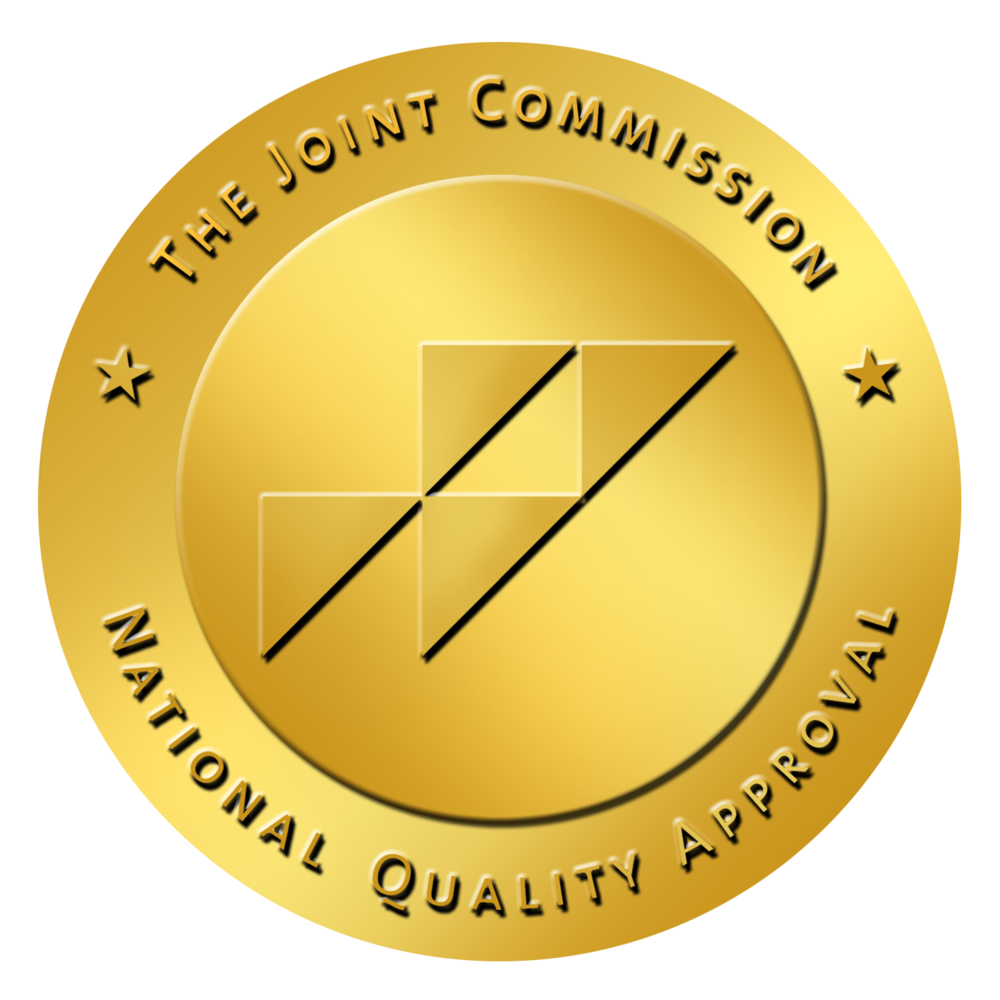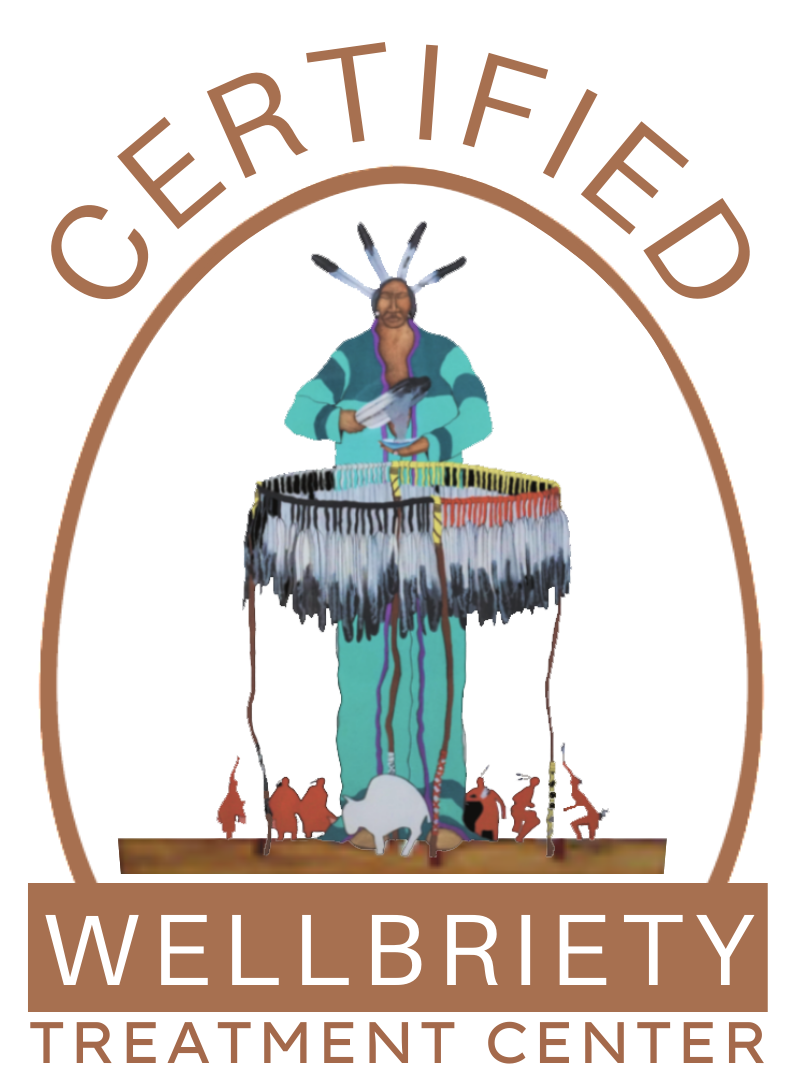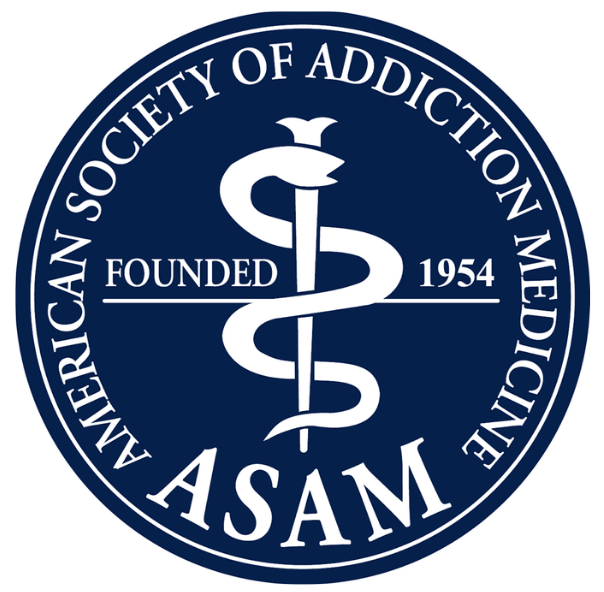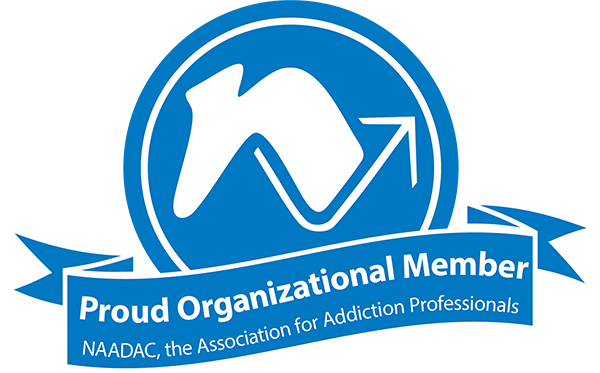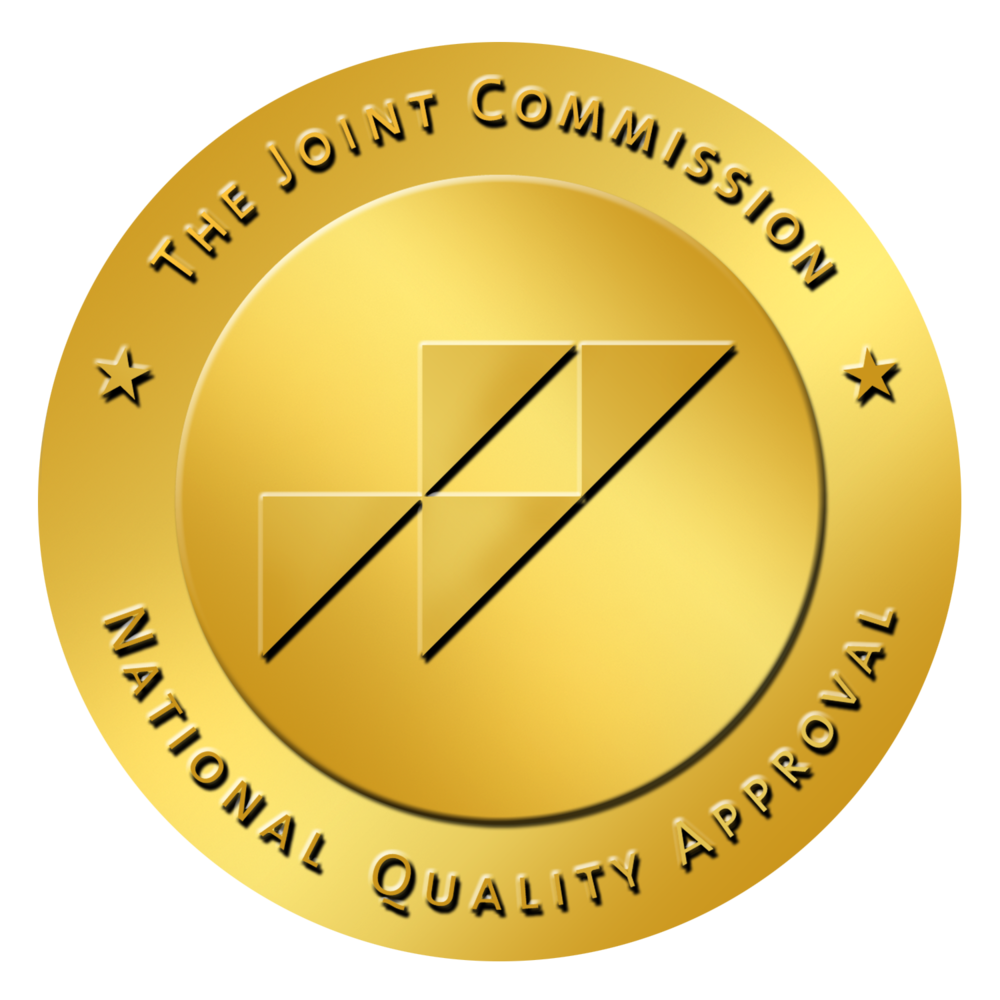Art therapy is a therapeutic approach that uses visual art and creative expression to support mental health, emotional growth, and overall well-being. By engaging in the creative process, patients can explore feelings, reduce stress, and gain insight into their thoughts and behaviors. At Aliya Mental Health, art therapy for mental health is an integral part of holistic treatment programs for mental health disorders, trauma, and substance use recovery.
What Is Art Therapy?
Art therapy is a form of expressive therapy where individuals use art-making as a tool for emotional exploration, self-expression, and personal growth. Unlike traditional talk therapy, art therapy emphasizes the creative process as a pathway to understanding and managing emotions, increasing self-awareness, and fostering healing.
Art Therapy Mediums
Art therapy can incorporate a wide range of mediums, including:
- Drawing and sketching
- Painting (watercolor, acrylics, oils)
- Sculpture and clay work
- Collage and mixed media
- Digital art
- Printmaking and photography
Each medium provides a unique way for patients to express themselves and process complex emotions safely and creatively.
How Does Art Therapy Work?
In art therapy sessions, a licensed mental health professional guides patients through structured or open-ended creative exercises. patients are encouraged to focus on expression and exploration, rather than artistic skill, allowing them to uncover insights about their mental health challenges and work toward therapeutic goals.
Art Therapy Prompts
Prompts help patients initiate the creative process and focus on specific emotions, experiences, or challenges. Examples include:
- “Draw a representation of your stress or anxiety.”
- “Create a collage of things that bring you joy.”
- “Paint how you feel after a difficult conversation.”
- “Use colors to express your mood today.”
- “Create a self-portrait that shows how you see yourself now.”
Prompts like these facilitate reflection, emotional processing, and personal growth.
What Are the Goals of Art Therapy?
The main goals of art therapy include:
- Enhancing emotional expression and self-awareness
- Reducing stress, anxiety, and depressive symptoms
- Processing trauma and grief
- Supporting recovery from substance use and co-occurring disorders
- Encouraging problem-solving and cognitive flexibility
- Promoting personal growth and resilience
What to Expect in Art Therapy
During an art therapy session, patients can expect:
- A safe, non-judgmental environment for creative exploration
- Introduction of art therapy prompts or guided exercises
- Hands-on creation using chosen mediums
- Reflection and discussion with the therapist to connect art to emotional experiences and treatment goals
Sessions are designed to be accessible for all skill levels, focusing on the healing process rather than artistic ability.
What Does Art Therapy Help With?
Art therapy for mental health can support treatment for:
- Anxiety and depression
- Trauma and PTSD
- Stress management
- Substance abuse recovery
- Grief and loss
- Eating disorders and body image challenges
- Relationship and interpersonal issues
The creative process provides a non-verbal outlet to express and process emotions that may be difficult to communicate through words alone.
What Are the Benefits of Art Therapy?
Art therapy offers a wide range of benefits, including:
- Emotional benefits: Improved self-expression, stress relief, and mood enhancement
- Cognitive benefits: Increased insight, problem-solving, and emotional regulation
- Social benefits: Enhanced communication skills, collaboration, and self-confidence
- Physical benefits: Mind-body connection and relaxation through focused activity
How Effective is Art Therapy?
Studies show that art therapy can reduce symptoms of anxiety, depression, and trauma-related disorders, especially when combined with other research-based treatments such as cognitive behavioral therapy (CBT). Art therapy is considered a highly effective adjunct to comprehensive mental health care.
Can Moving and Dancing in Therapy Help Me?
Yes. Engaging in creative art activities provides a safe outlet for processing difficult emotions, improving self-awareness, and developing coping strategies for long-term mental wellness.
Tips for Successful Art Therapy
- Focus on the process, not the outcome
- Choose a medium you feel comfortable with or curious to try
- Set aside regular time for art therapy exercises
- Reflect on your artwork to uncover emotional insights
- Combine art therapy with talk therapy or mindfulness practices for integrated healing
Does Insurance Cover Art Therapy?
Insurance coverage for art therapy depends on your individual plan. At Aliya Mental Health, we help patients verify benefits and explore coverage for art therapy sessions as part of comprehensive treatment for mental health conditions.
Healing the Mind in Art Therapy
Working with a licensed art therapist can help you or a loved one manage the challenges of bipolar disorder, generalized anxiety, stress disorders, or any other mental illness. Our experienced mental health clinicians use the therapeutic process of creative arts therapies to support healing, growth, and recovery. Backed by research on the effectiveness of art therapy, this unique approach offers a meaningful way to process emotions, build coping skills, and improve mental health.
Whether you are struggling with a personality disorder or need better access to mental health services, we provide compassionate care that focuses on supporting art as a powerful tool for transformation. Take the first step toward healing—connect with us today and begin your journey with art therapy.
